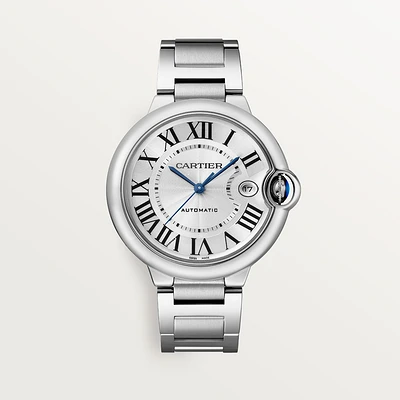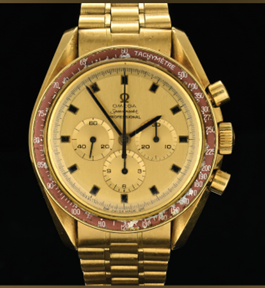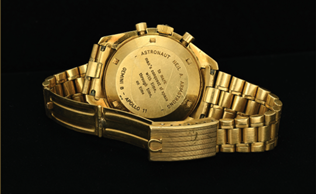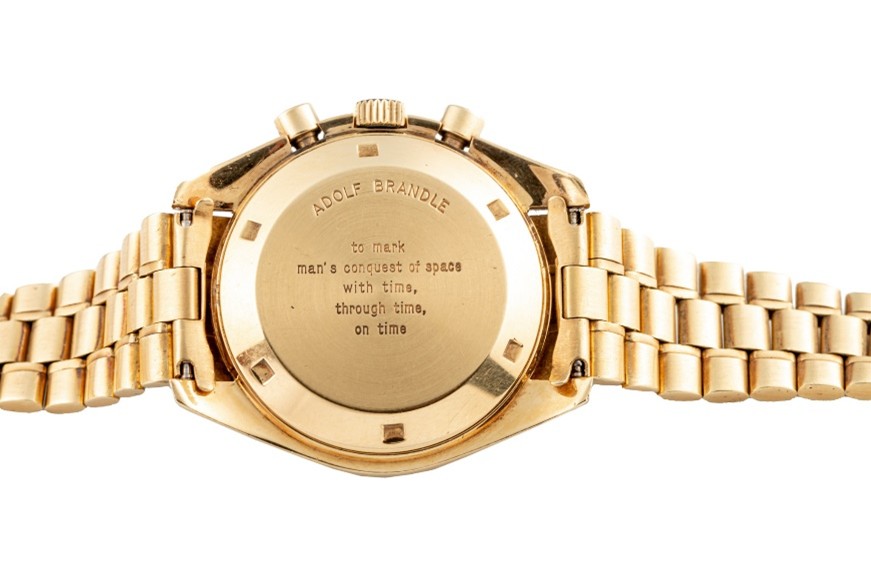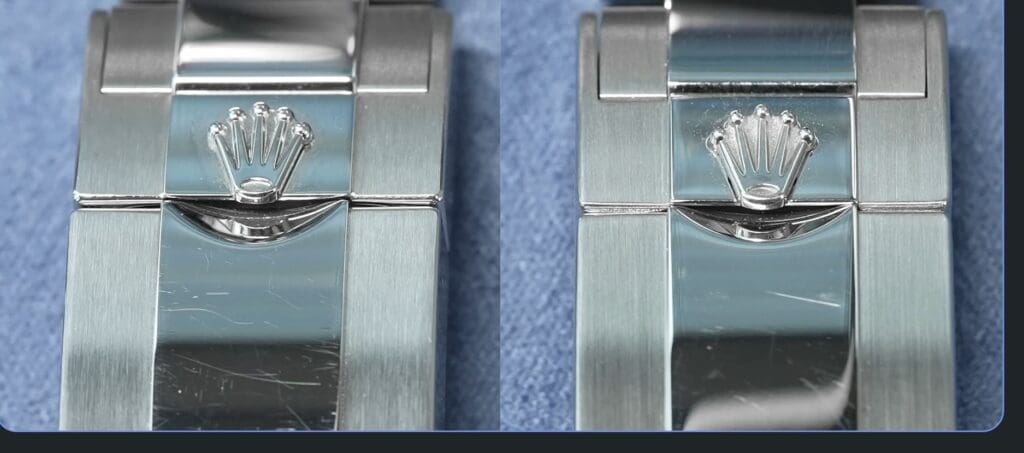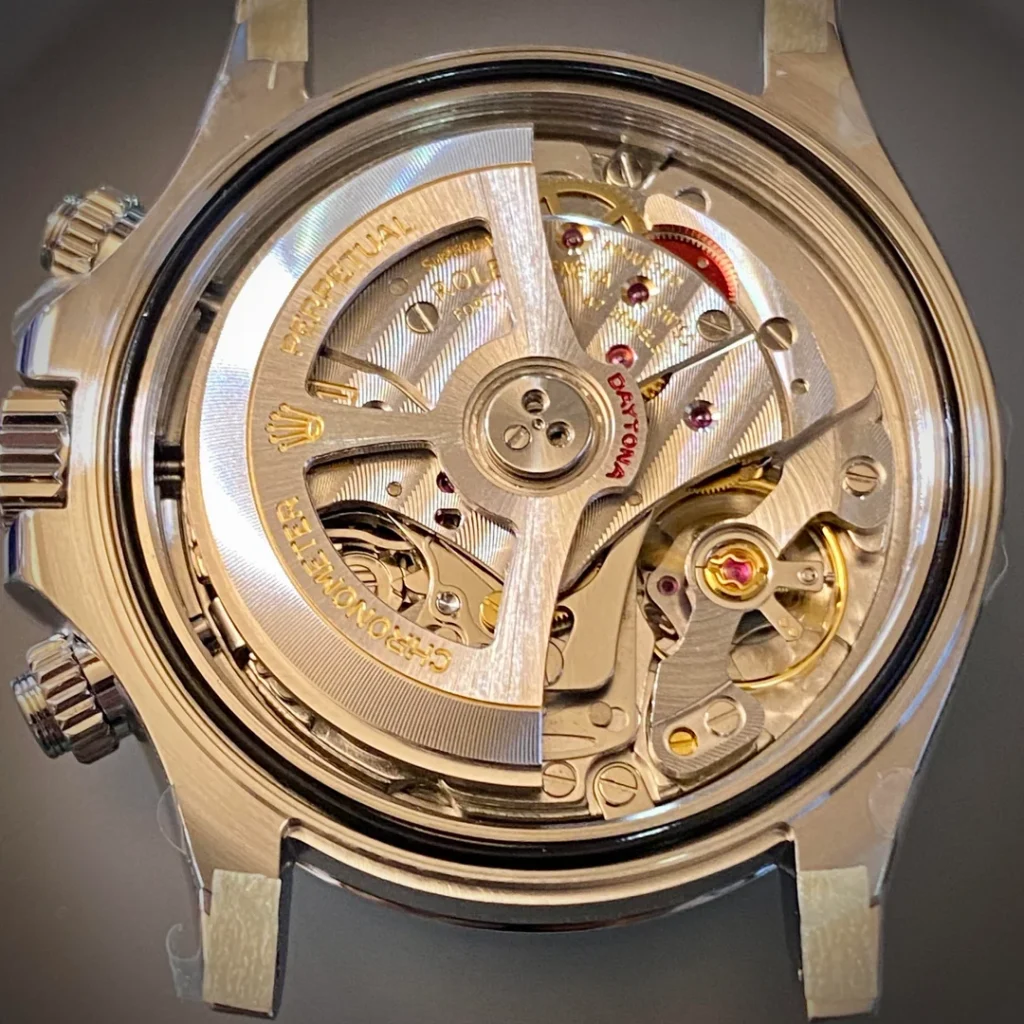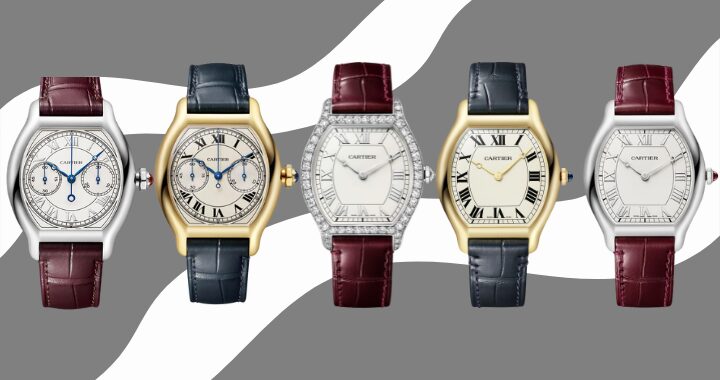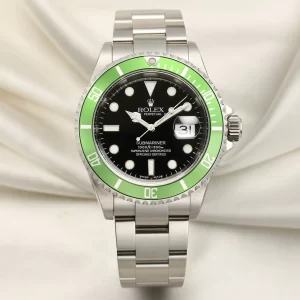Acting as official sponsors of the UEFA Women’s Euros 2025, Hublot has been thrown into the spotlight once more. Having boasted a longstanding association with the game by sponsoring FIFA World Cups and prevalent players such as Kylian Mbappé, their presence at the Women’s Euros throws the brand into the pinnacle of football once more in Switzerland, the brand’s home turf.

All UEFA referees will be wearing the Hublot Big Bang e Gen3 connected watch, a state-of-the-art smartwatch created exclusively for referees and their assistants. Retailing at £4,800, this piece is currently sold out at the brand’s main retailers for this watch. The average secondary resale price of this watch is currently £3,425.
Moving onto the teams themselves, Hublot has partnerships with two prominent players within the Women’s Euros, Norway’s Ada Hegerberg, and Spain’s Aitana Bonmatí.




Both Ada and Aitana will be wearing pieces from the Big Bang One Click Joyful collection in Hublot’s summer campaign. Ada will wear the One Click Joyful Steel Pink, a 33mm steel piece on a white and pink-lined rubber strap that has thirty-six pink sapphires set into the bezel, Aitana will wear the One Click Joyful Steel Orange and Blue versions, the same watch but with thirty-six orange or blue sapphires set into the bezel. This limited collection is available to purchase at retail for £12,200.

Kylian Mbappé has been an ambassador for Hublot since 2018. Throughout this seven-year relationship with the brand, he has been photographed in an array of Hublot’s designs, and his style hallmarks can be seen across these public appearances.


In 2022, Mbappé was seen wearing these two Hublot rainbow watches, both in press conferences and on social media/news outlets. Produced in limited numbers, these Rainbow Hublot watches are set throughout with vari-hue sapphires, rainbow enamel markers, and finished with a rainbow alligator leather strap.



Three more watches worn by Kylian Mbappé over the course of his relationship with Hublot are pictured above.
Contrasting with the colourful rainbow watches seen in other appearances, these mono and dual tone timepieces do also feature skeleton dials that expose the movements within. Never compromising on creativity, these watches are set within anodised ‘Millenial Pink’ aluminium, a colourless sapphire crystal, and 18ct brushed gold cases respectively.
Insurance Valuations for Hublot Watches
It is worth noting that the majority of the watches featured above would be (currently) replaced from the retail market – these references are readily available to purchase online. However, Hublot watches can decrease in value in the secondary market, and therefore once either obsolete or discontinued, would be valued at this level, which can be anywhere from 30-60% lower than the original retail price, depending on the model, condition, and desirability.
Models that retain the most value on the secondary market include the Big Bang watches that the brand is arguably best known for, but as a whole this is something to consider when building, and looking to insure your collection. We would recommend regular valuations of your watch collection to ensure that your cover is in line with the market, and therefore prevent over, or under-insuring your collection.








